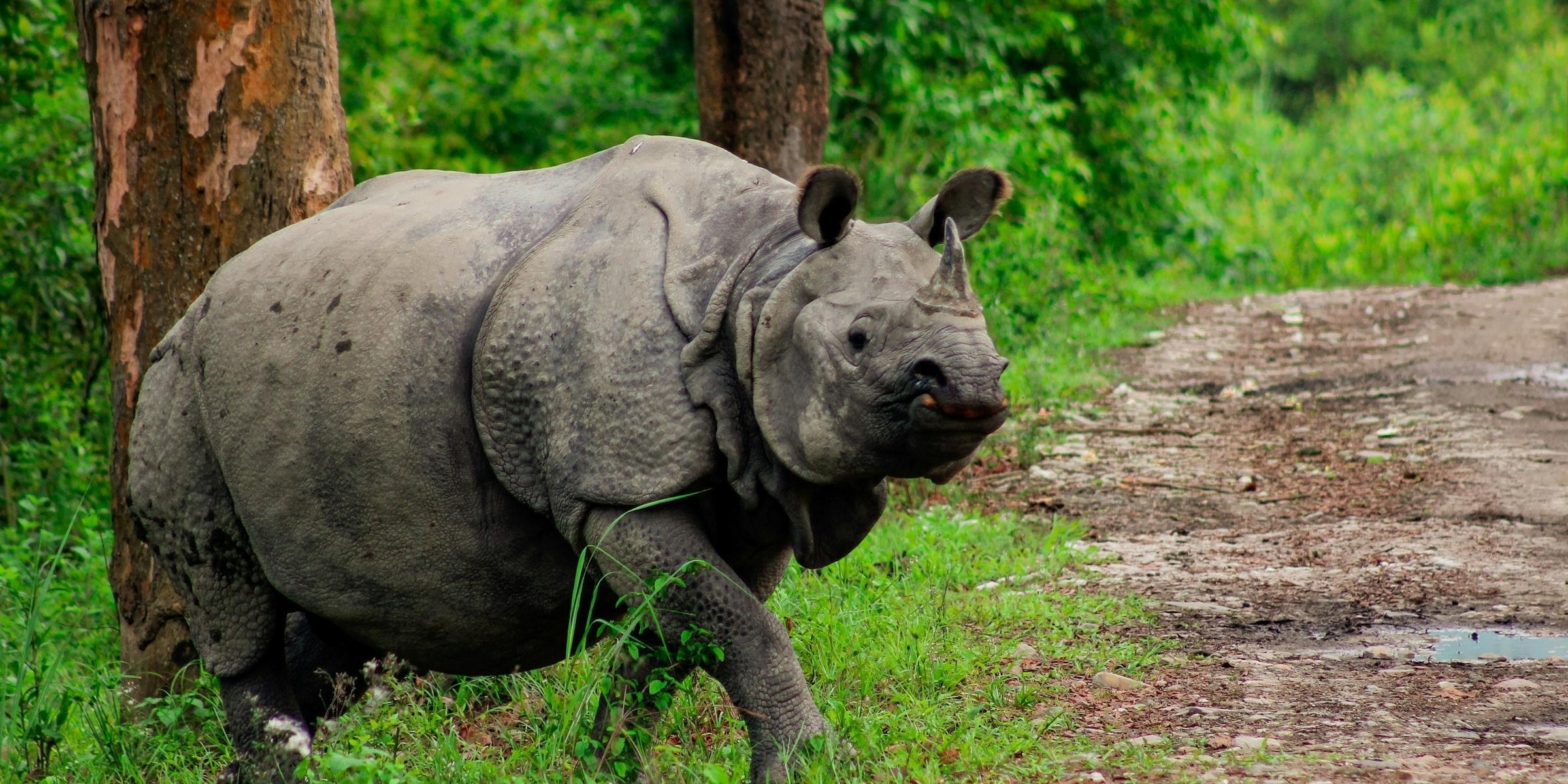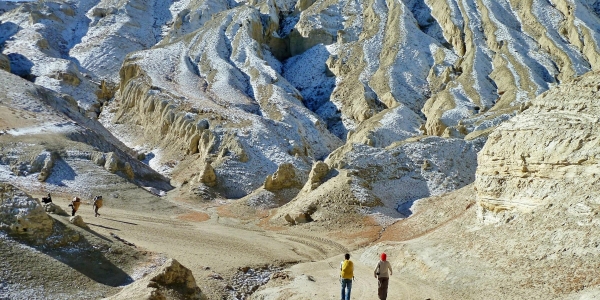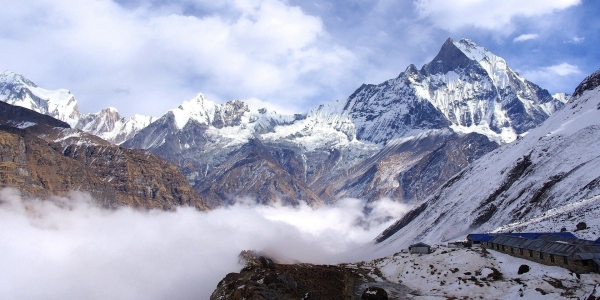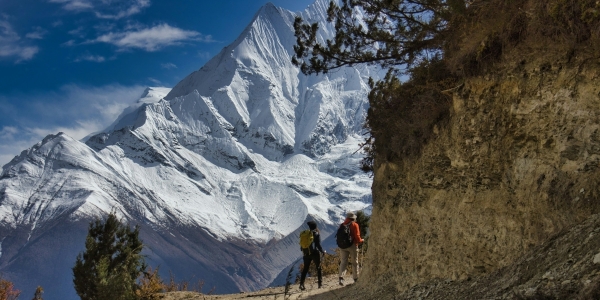Nepal, a land of diverse ecosystems, raining from the towering Himalayas to lush tropical forests, offers a unique and enriching wildlife safari experience. This small yet ecologically rich country is home of the world’s most exotic and endangered species. Whether you are an avid wildlife enthusiast, a bird watcher, or simply looking for a new adventure, Nepal’s national parks and wildlife reserves promise unforgettable experiences.
Top Wildlife Safari Destination in Nepal
Chitwan National Park
- Overview: Established in 1973, Chitwan National Park is Nepal’s first national park and a UNESCO World Heritage Site. It spans 932 square kilometers and is located in the subtropical Inner Terai lowlands.
- Wildlife: The park is famous for its population of Bengal tigers, one-horned rhinoceroses and Asian elephants. It is also home to leopards, sloth bears, gaur and over 500 species of birds.
- Activities: Jungle safari on elephant back, or in jeeps canoe, bird watching tours and guided nature walks.
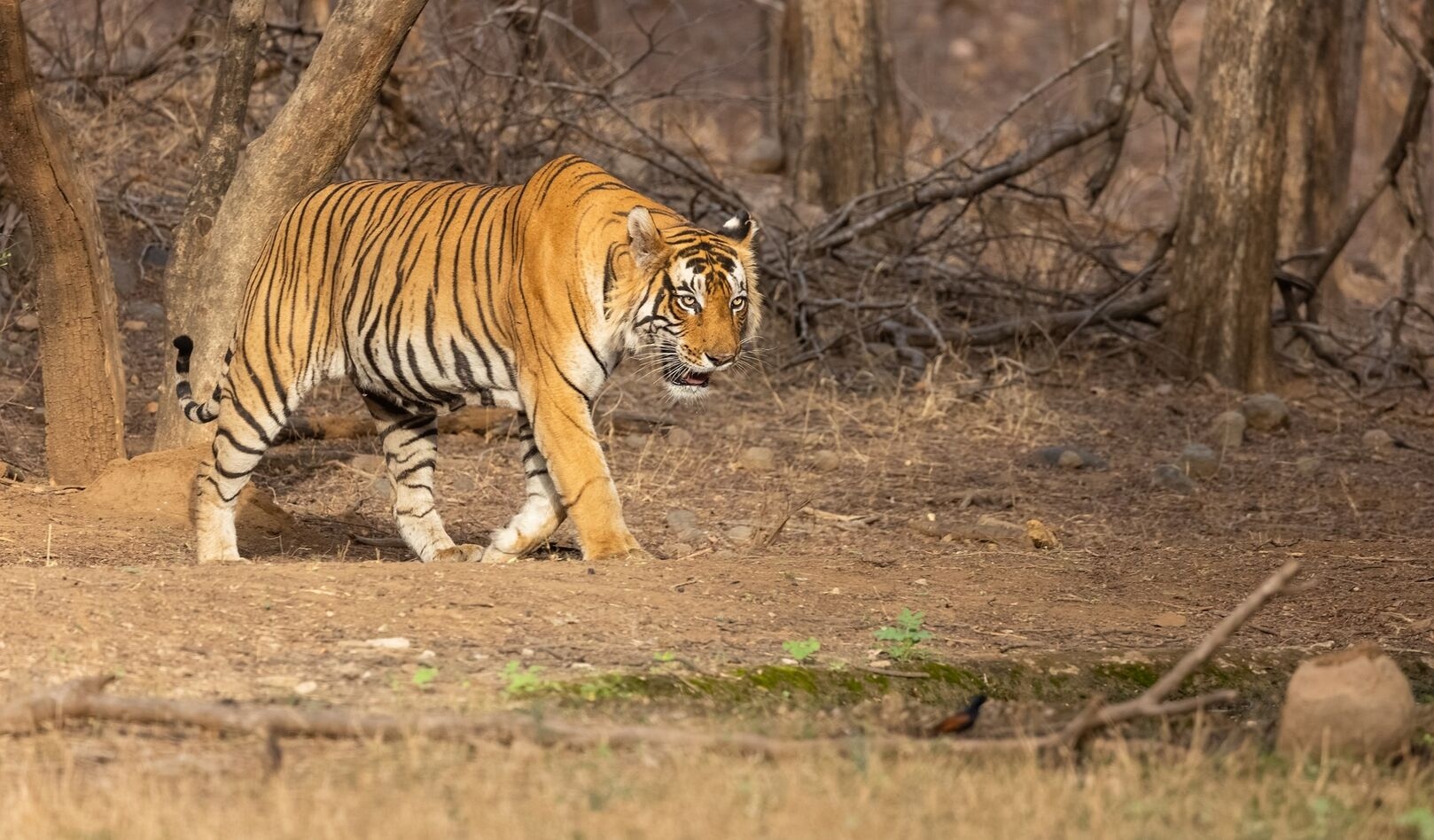
Bardia National Park
- Overview: Located in the western part of Nepal, Bardia National Park covers an area of 968 square kilometers. It is less frequented by tourists compared to Chitwan, offering a more secluded and pristine wilderness experience.
- Wildlife: Bardia is known for its significant population of Bengal tigers, along with one-horned rhinoceroses, wild elephants, swamp deer, and Gangetic dolphins in the Karnali River.
- Activities: Jeep safaris, elephant safaris, river rafting, bird watching, and cultural tours to local Tharu villages.
Koshi Tappu Wildlife Reserve
- Overview: This reserve, located in the southeastern part of Nepal, covers an area of 175 square kilometers. It is primarily a wetland area, making it an important habitat for birds.
- Wildlife: Koshi Tappu is renowned for its birdlife, with over 485 species recorded, including the rare Bengal Florian. It also shelters wild water buffaloes (Arna), blue bulls, and various fish species.
- Activities: Bird watching, nature walks, and boating in the Koshi River.
Parsa Wildlife Reserve
- Overview: Adjacent to Chitwan National Park, Parsa Wildlife Reserve covers an area of 637 square kilometers. It is characterized by sal forests, grasslands, and riverine forests.
- Wildlife: The reserve is home to Bengal tigers, leopards, sloth bears, and over 300 species of birds. It also provides habitat for elephants and various reptiles.
- Activities: Jeep safaris, bird watching, and guided treks.
Best Time to Visit
The ideal time for a wildlife safari in Nepal is from October to April. During these months, the weather is pleasant, and wildlife sightings are more frequent as animals come out in search of water and food. The monsoon season (June to September) can make the trails muddy and challenging, though the landscapes become lush and green.
Safari Preparation and Tips
- Clothing: Wear comfortable, lightweight, and breathable clothing. Neutral colors are preferred to blend in with the environment. Don’t forget a hat, sunglasses, and sunscreen.
- Footwear: Sturdy, closed shoes or boots are essential for walking safaris and nature hikes.
- Gear: Bring binoculars, a camera with a zoom lens, and a field guide for wildlife and bird identification.
- Health Precautions: Carry insect repellent to ward off mosquitoes and other insects. Ensure you are up-to-date with vaccinations, and consider malaria prophylaxis if visiting during the monsoon season.
- Respect Wildlife: Maintain a safe distance from animals, avoid loud noises, and do not feed or disturb them.
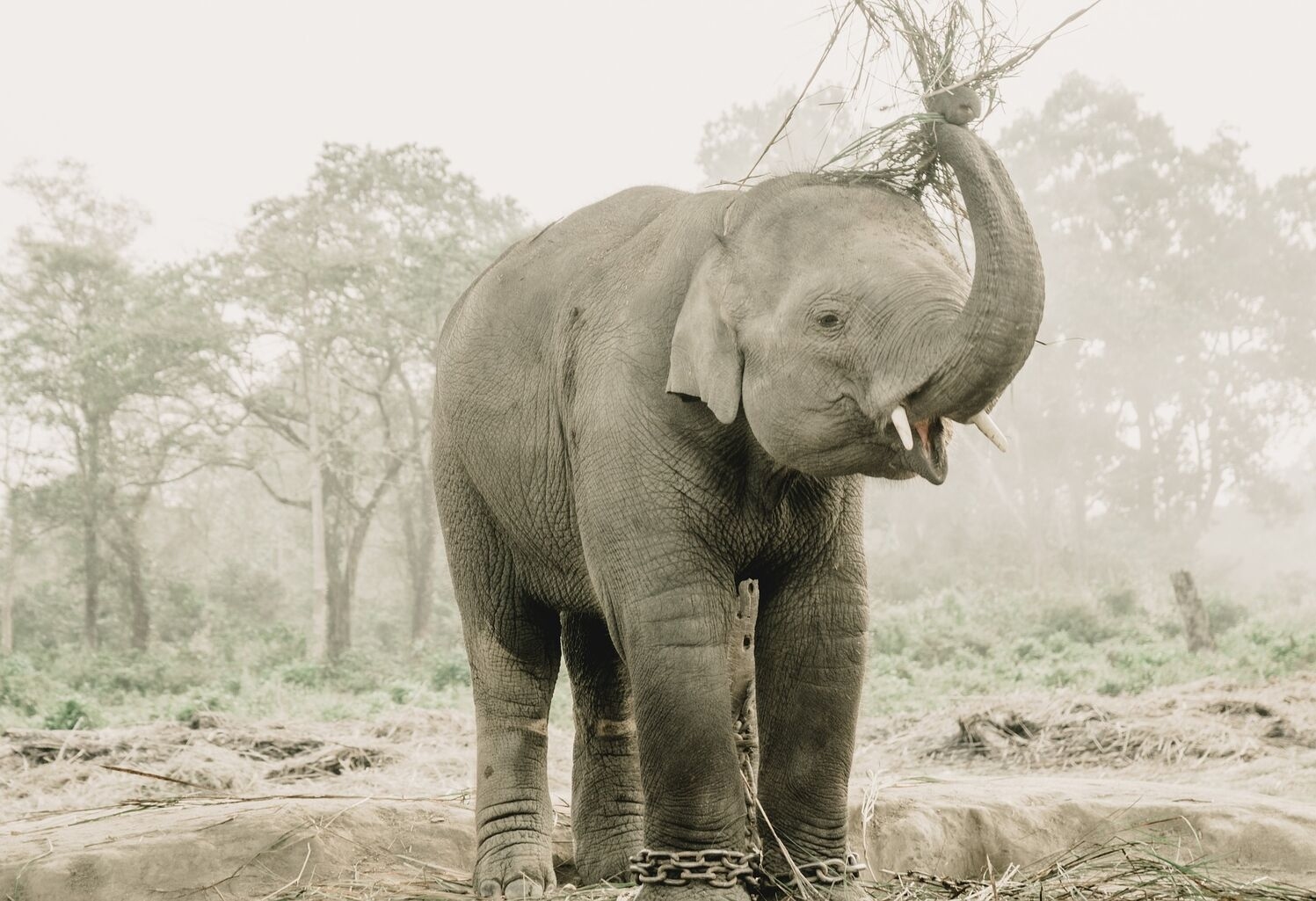
Sustainable Tourism Practices
Nepal is committed to promoting sustainable tourism to preserve its rich biodiversity. As a responsible tourist, you can contribute by:
- Supporting eco-friendly lodges and tour operators.
- Minimizing plastic use and disposing of waste properly.
- Respecting local cultures and traditions.
- Participating in community-based tourism initiatives.
Conclusion
A wildlife safari in Nepal offers a unique blend of adventure, serenity, and a deep connection with nature. From the dense jungles of Chitwan to the wetlands of Koshi Tappu, each destination provides a distinct experience. By embarking on a safari in Nepal, you not only witness the incredible diversity of wildlife but also support conservation efforts and sustainable tourism, ensuring that these natural treasures are preserved for future generations. So pack your bags, grab your binoculars, and get ready to explore the wild heart of Nepal!
